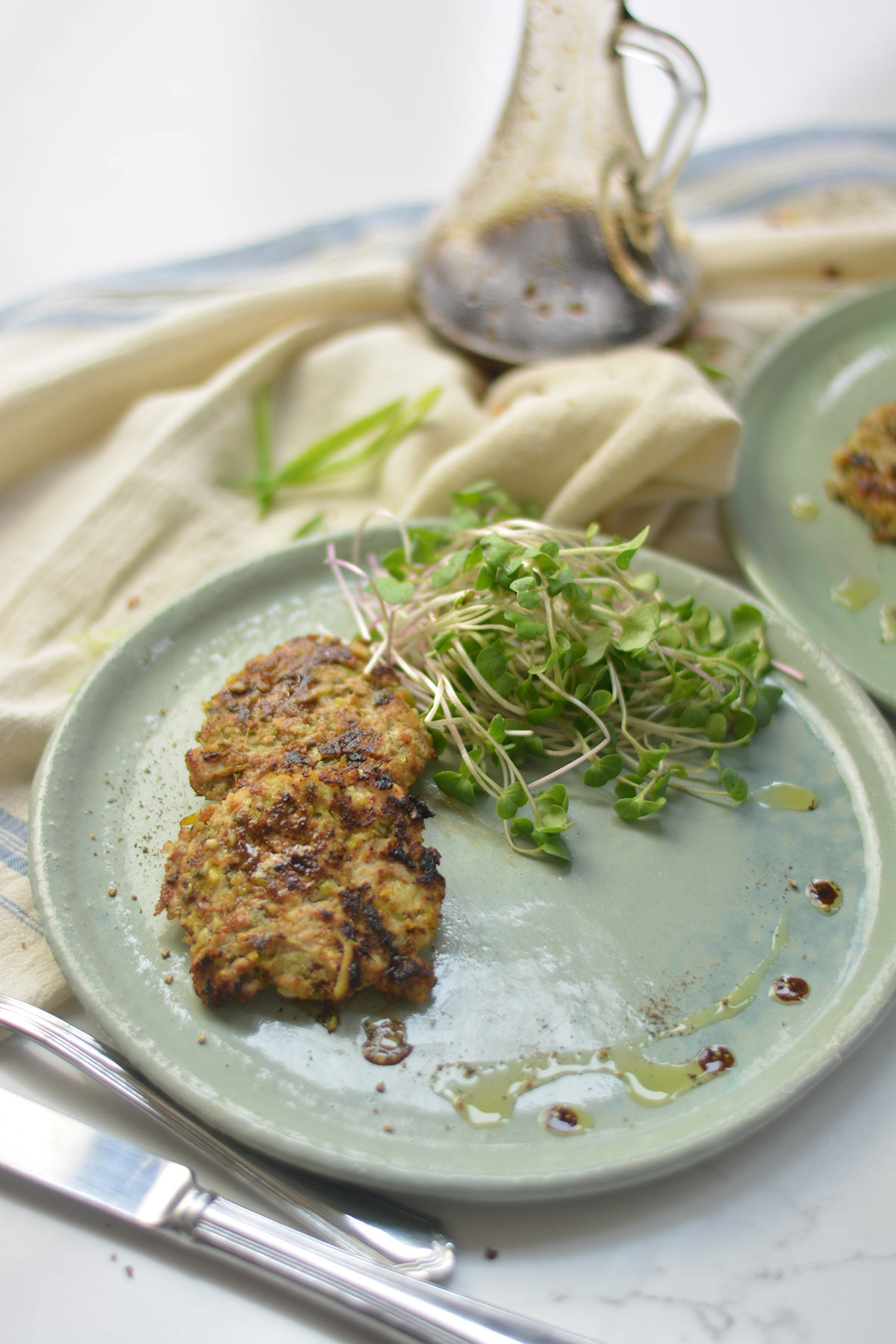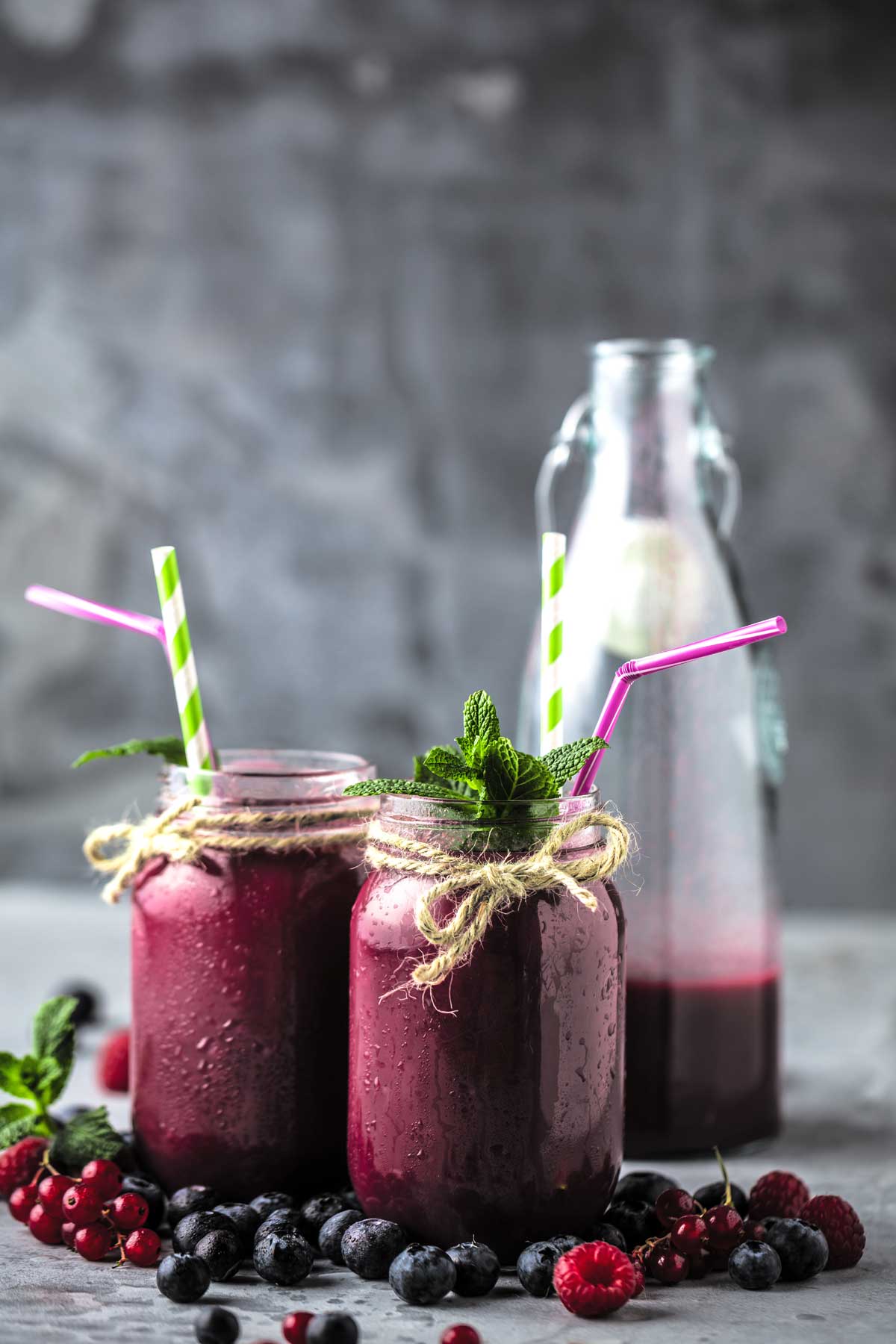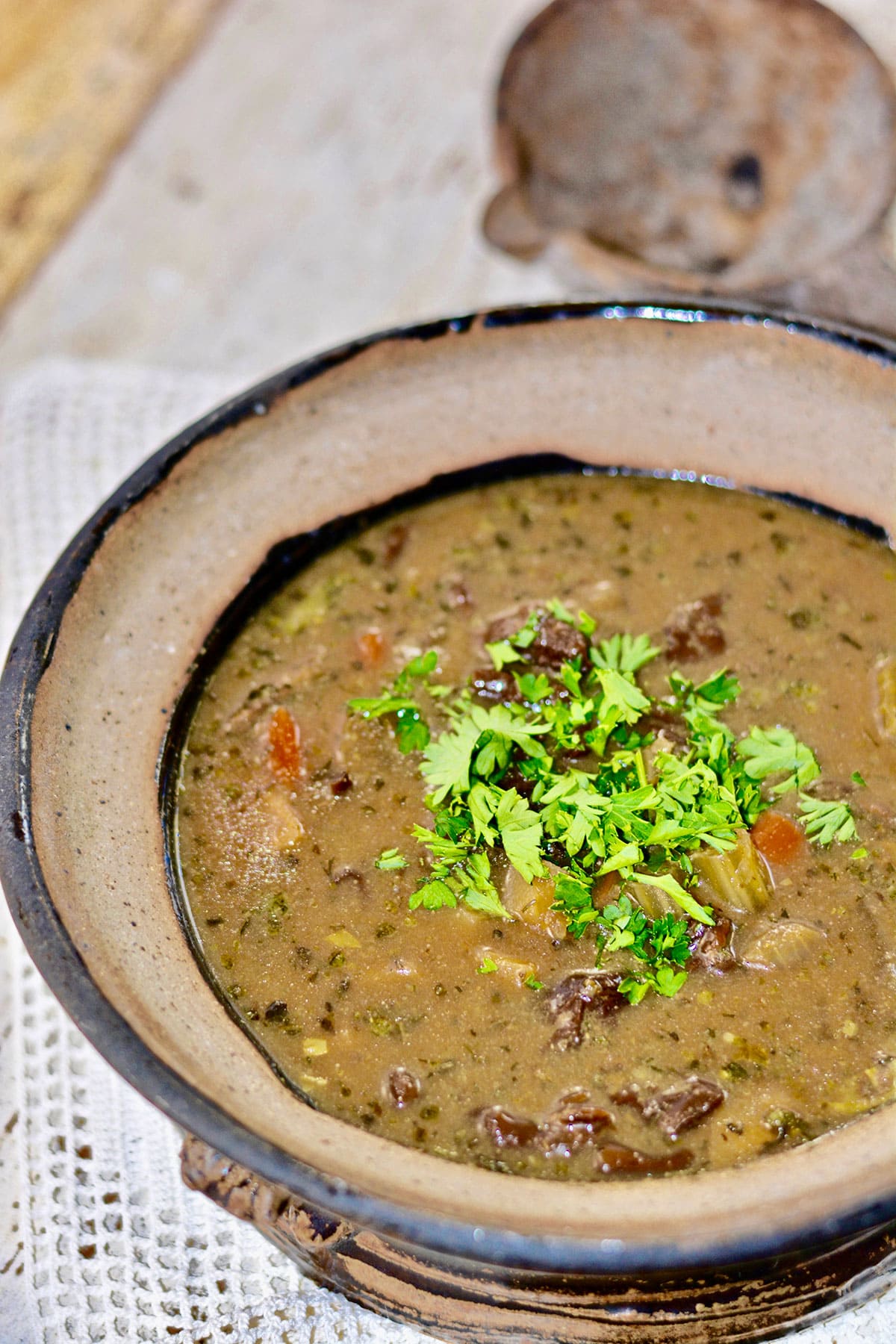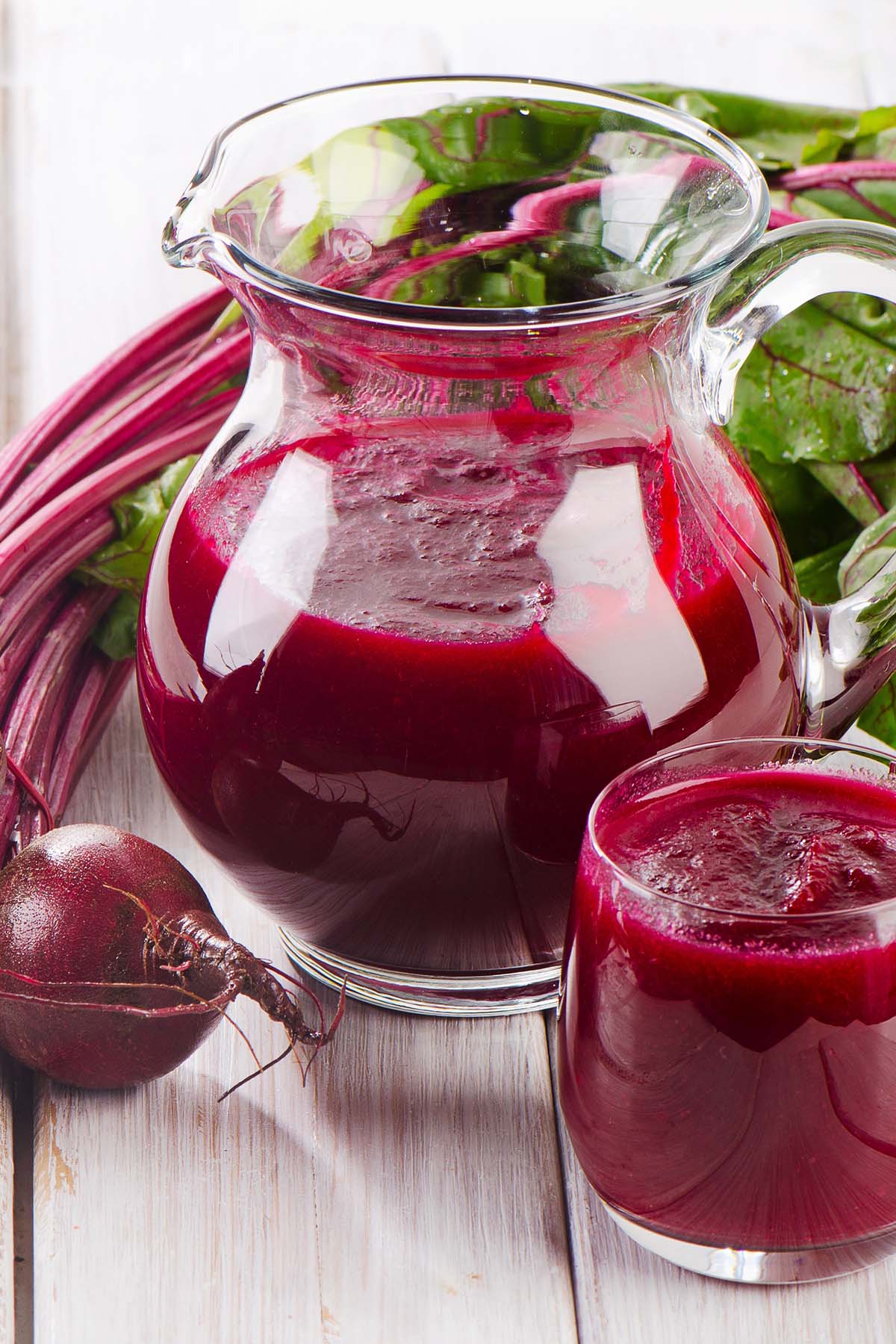How to Make a Fire Cider
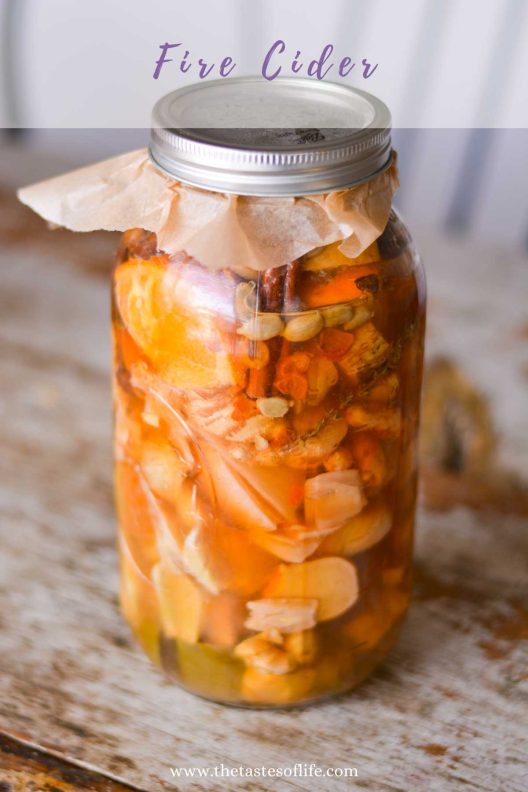
Traditional Fire Cider Recipe
This post contains affiliate links. Click here to read my affiliate policy.
Rich with garlic, ginger, onion, turmeric, and spicy chilies, Fire Cider is a traditional folk herbal remedy, an immune-boosting tonic that is used to warm up the body during winter and help the body kick the cold and flu. The blend of ginger, onion, chilis, garlic, horseradish, and other herbs gives it a robust, warming quality. Honey and apple cider vinegar gives it a delicious sweet-sour flavor and antibacterial properties.
Fire cider was always found in my pantry when I was a child in Poland, although it wasn’t called Fire Cider, as you can imagine. I used to make it with my grandmother every fall in preparation for winter (very easy to make it at home!), who had all sorts of folk remedies on hand to cure flu and colds. Fire cider is magical, and you will be grateful to have it when you catch a cold.
What is fire cider?

It’s a spicy, pungent, and delicious tonic that infuses apple cider vinegar with potent immune-supporting, antioxidant-rich, lymph-moving, circulation-stimulating, and digestion-enhancing fresh herbs. It got its name from renowned herbalist Rosemary Gladstar, but it has been used for centuries in folk medicine and is a type of Oxymel.
My fire cider recipe is my traditional family recipe with a spicy twist (we did not use chilis when I was a child), and it is delicious and very potent.
History of Oxymel.
Oxymel is an infused vinegar with honey.
Because it is a typical traditional folk remedy, ingredients can often change in recipes, depending on when it is made, what grows around, and what is available at the store. The base ingredients are apple cider vinegar, garlic, onion, ginger, horseradish, and hot pepper; however, there are plenty of other herbs you can throw in to add a kick.
The name OXYMEL (from Latin Oxy – vinegar and Mel – honey) comes from the Greek “oxymeli” and means a combination of vinegar (oxos) (Latin oxy – oxidized wine) and honey (meli) (Latin mel). These two basic ingredients have many health-promoting properties and mutually reinforce each other. The mixture of honey and vinegar can be enriched by maceration of vegetables, fruits, spices, and herbs with a health-supporting effect.
The history of “sour honey.”
Oxymel has an estimated medical tradition of 2,500 to 3,000 years. Of course, ancient healers knew honey and vinegar and also valued their healing properties. Over time, they assumed combining both substances in Oxymel would be even more effective.
Oxymel is documented in all major medical systems, from Ayurveda and Traditional Chinese Medicine (TCM) to Unani (Unani or Yunani Medicine is a traditional Persian-Arab medicine practiced in Muslim culture in South Asia and modern Central Asia) and monastic medicine. Naturopaths such as Hippocrates of Kos (460-370 BC), Galen of Pergamum (130-210 AD), Hildegard of Bingen (1098-1179) and Avicenna (Abu Ali al-Husain ibn Abdullah ibn Sina, 980-1037) described use of various drugs mixed with Oxymel.
Hippocrates and the ancient Greeks made Oxymel and used it to strengthen weakened people. In case of infection, it was recommended to lower fever and loosen mucus. Roman legionaries reportedly carried Oxymel in their field packs as a tonic when going to war.
The ancient Greek physician Hippocrates – the father of modern medicine, recommended:
“Your food should be your medicine, and your medicine should be your food.”
In Persia and the Arab world, the original Oxymel is known as Sekanjabin (one of the oldest Iranian drinks, made from honey and vinegar, sometimes flavored with mint). The use of this sour honey dates back to ancient times. Its name is derived from the Arabic version of the original Persian term serkangabin, a combination of the Persian words serkeh (vinegar) and angebin (syrup, still, honey) and literally means honey vinegar. Persian historians see Sekanjabin as the true birthplace of Oxymel. They assume that its early forms were used as early as 4,000 years ago and only later were adopted by the Greeks and Romans. Persian scientists have cataloged and documented 1,200 therapeutic oxymel variants from the Middle East (thousands worldwide). Sekanjabin is prepared in traditional Iranian folk medicine by boiling equal amounts of honey and vinegar over low heat for 15 minutes. Since ancient times, sekanjabin has been used with medicinal plants and herbs to treat certain diseases. Used to this day both as a health booster and an excellent refreshing drink.
In the Middle Ages, Oxymel was probably brought by the Teutonic Knights from the Middle East to Europe. Medieval pharmacists had over 1,000 recipes for making Oxymel.
Oxymel, used and valued in antiquity, in the Middle Ages, has been forgotten for a while, but it is experiencing its Renaissance now because people are returning to traditional folk medicine for rescue.
Health Benefits of Fire Cider Ingredients
Here are the ingredients in my batch:

Honey
Honey is antibacterial and might help with an upper respiratory infection. Honey strengthens the immune system, and its antioxidants and bacteria-fighting assets help fight infections caused by viruses, bacteria, and fungi.
Apple Cider Vinegar
Apple cider vinegar is a popular home/folk remedy, and it has antibacterial properties and aid in digestion.
Garlic
The health benefits of garlic have been known for centuries in folk. Medicine. Now, modern research is validating garlic’s benefits of immune support. Garlic has been known for its antiviral, antibacterial properties that may help eliminate the common cold and flu and reduce inflammation.
Ginger root
Ginger root has been used in Chinese medicine for millennia. It contains gingerol, a bioactive compound found in raw ginger that boosts immunity with its antimicrobial and antifungal properties. Ginger also contains antioxidants and anti-inflammatory properties.Ginger improves coughs and lowers fevers. It helps fight off infections, relieve sore throat and headaches, and ease other symptoms associated with common colds and the flu.
Turmeric root
Curcumin, the main compound in turmeric, is an antioxidant, anti-inflammatory, antiviral, antibacterial, antifungal, and other properties. Turmeric has anti-inflammatory properties, fights free radicals, and helps lessen pain.
Horseradish root (Armoracia rusticana)
Horseradish contains vitamin C, folic acid, sodium, magnesium, potassium, calcium, zinc, manganese, vitamin B6, selenium, copper, vitamin B3, vitamin K, vitamin B1, vitamin B2, pantothenic acid, glucosinolates, phytoncides, flavonoids, enzymes, and amino acids. Horseradish is called a natural antibiotic. It helps treat colds, coughs, and bronchitis. Thanks to its expectorant properties, Horseradish root helps treat a tiring cough and disinfects the upper respiratory tract. Check out my horseradish apple sauce recipe.
Onion
Onion is rich in vitamin C in the body. This vitamin stimulates the immune system and helps remove toxins from the body. Onions contain immune-boosting nutrients like selenium, sulfur compounds, and zinc. In addition, onions are one of the best sources of quercetin, a powerful flavonoid and antioxidant with antiviral properties. Onions can be used as an effective home remedy for cough. Check out my onion syrup recipe that helps with cough. Onions contain sulfur compounds that help fight mucus and promote the expulsion of mucus from the respiratory tract. Onions are considered the most potent natural antibiotic that can fight both viral and bacterial infections and soothe sore throat symptoms.
Jalapeno or Serrano pepper
Hot peppers such as jalapeno are rich in capsaicin, which helps the body manage inflammation.Research has shown that one serving of jalapeno peppers contains around 60-70 percent vitamin C. Vitamin C helps boost the immune system in producing white blood cells, which helps ward off minor to major illnesses. Consume jalapeno peppers to boost your immune system and prevent infections and diseases.
Lemon & Oranges
Lemons are rich in vitamin C, which supports immune function. I only incorporated the rind, which contains a compound called limonene that has detoxifying properties and immune system benefits. Citrus fruit, if not organic, are highly sprayed with pesticides, so it is better to leave it out if you don’t have organic citrus.
Other Ingredients:
Black Peppercorns
Rich in antioxidants such as piperine, black pepper increases the absorption of other nutrients and helps with inflammation. It helps turmeric to be more bioavailable.
Rosemary & Thyme
These herbs have a long tradition of use in folk remedies and support healthy respiratory and immune function.
Dried Rose Hips or herbs that you like
The most common use of rosehips is to supplement vitamin deficiencies. Due to the high vitamin C content, this product can help strengthen the body’s defense processes and increase immunity. Rose hips are recommended for the elderly during convalescence, fatigue, and excessive stress and an auxiliary agent in the treatment of colds. Herbalists appreciate rosehip due to its potent anti-inflammatory properties, which are used in rheumatoid diseases.
How To Make Fire Cider
The basic process:
- Wash all ingredients and chop the citrus, turmeric, horse radish, onion, and garlic.
- Put chopped ingredients in a clean mason jar.
- Add other ingredients.
- Pour vinegar over them until they’re well covered.
- Cover the jar with a lid and store in a cool, dark place for 4-8 weeks.
- Strain out and drink up!
Ways To Use Fire Cider
People take two tablespoons to support the immune system throughout the fall/winter months. You can take two tablespoons every three to four hours while fighting teh cold or flu if cold and flu symptoms.
Ways to use it:
- As a “wellness shot,” – Put about 1 oz. in a shot glass and drink straight up.
- In juice –Mix the fire cider in juice. The kids love it!
- Mixed with water – If you don’t like to drink it straight, add it to water with a little bit of honey.
- As a marinade – Perfect for marinating meat or tofu.
- As salad dressing – Mix with oil to make a delicious vinaigrette.
- Add it to stir-fry, soup, and sauces to bring acidity and flavor.

Fire Cider Recipe
Ingredients
- 1 cup fresh horseradish root- chopped
- 1 cup fresh ginger root-chopped
- 1/2 cup fresh turmeric root – chopped
- 2 onions – chopped
- 2 cup garlic bulbs
- 2 jalapeno peppers – chopped with seeds
- 1 organic lemon – zest and juice
- 1 orange – zest and juice
- raw apple cider vinegar
- fresh rosemary or thyme
- 1/2 cup dries rosehips
- 1 tsp peppercorn
- raw honey to taste
Instructions
- Pack the mason jar with ginger, garlic, horseradish, onion, jalapeno, lemon, and orange juice/zest.
- Pour apple cider vinegar over the ingredients. Make sure that you cover them all.
- Put the lid on. If you're using a metal lid, line it with parchment paper so that the vinegar doesn't corrode it.
- Place in a dark, room-temperature cabinet for 4-8 weeks.
- When the cider is ready, shake well, strain the ingredients using a mesh strainer, and pour the liquid into a clean jar.

